Our first stop on the Minneapolis Garden Bloggers Fling was at the Eloise Butler Wildflower Garden and Bird Sanctuary. Coming from California this garden looked incredibly lush and green. Stepping inside the forest the growth felt on the verge of taking over.

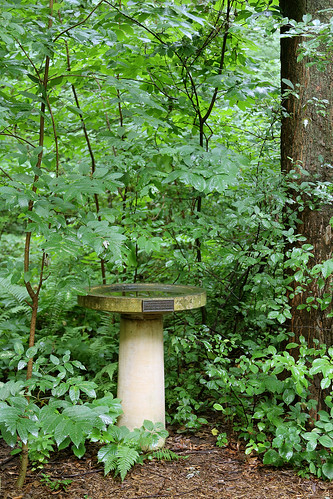
The garden is named for Eloise Butler, an interesting lady (born in 1851) who loved the native flora of the area and assisted in the development and curation of plants at the garden, which was later named for her. Earlier in her career she was a teacher of Botany and had difficulty finding places to teach her students about plants in their native habitats due to the rapid development and growth of the area. This lead to her interest in preserving native plants and their surrounds.
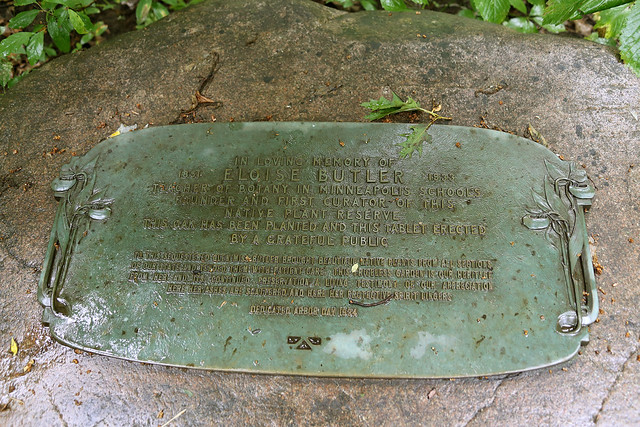
During my trip to Minneapolis, I just happened to be re-reading a favorite childhood book of mine A Girl of the Limberlost by Gene Stratton-Porter. (I would have to say it is my second favorite childhood book with The Secret Garden taking first place of course.) A Girl of the Limberlost describes the life of Elnora Comstock as she grows up on the edge of the Limberlost Swamp. Like Eloise Butler, she is also a student of nature, focusing on moths in this case. Elnora eventually takes a position teaching local students about the flora and fauna of the area and laments the ongoing development of the swamp and the loss of habitat.

Realizing the similarities between the women, I let myself pretend I was wandering through Elnora's Limberlost, over the boggy ground where she may have patiently waited for new moths to emerge from the leafy debris or where she might have stopped to show Philip the patch of woodland violets.
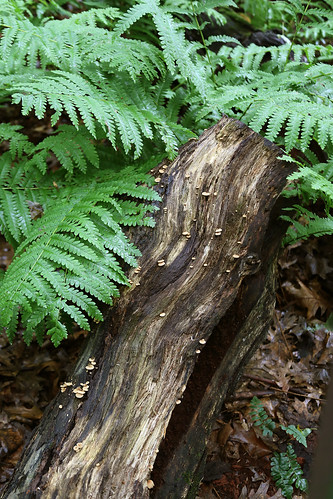
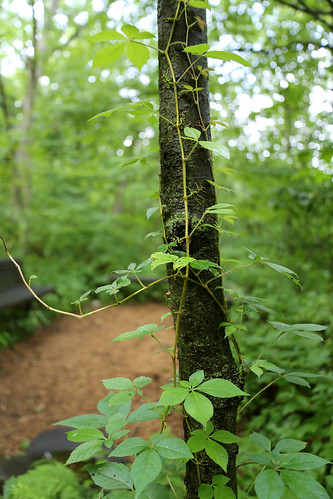
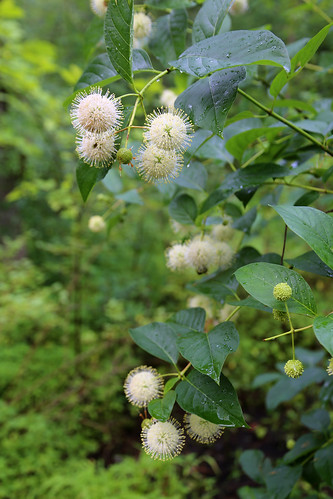
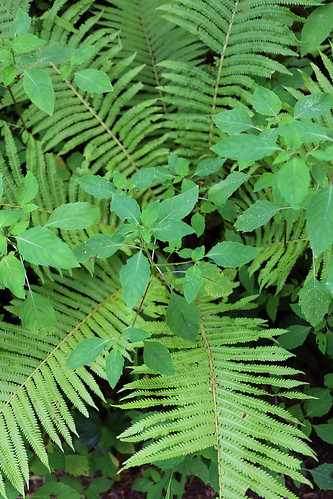
Curious about if the Limberlost actually existed I looked it up. And apparently it did - a 13,000 acre, richly-biodiverse wetland in Indiana. Unfortunately it did not survive, but was drained for agricultural purposes in the early 20th century. That sad fact makes one happy that at least this piece of native ground was preserved for its "Limberlost Lady".
I loved walking over the boardwalks throughout the forest and appreciated the construction detail where 3 curving paths met.

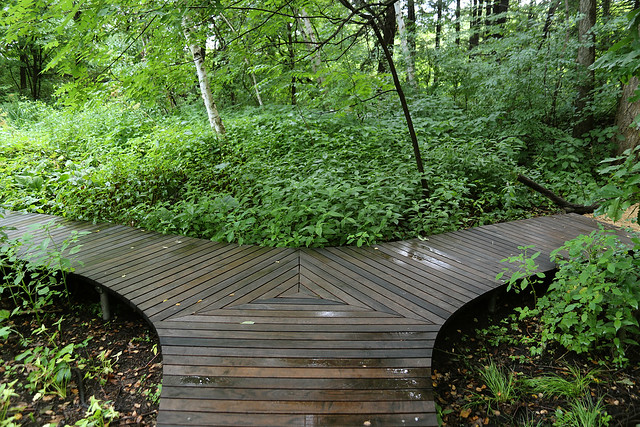
Coming out of the forest we wandered through the meadow where most of the blooming plants were located. I don't know the plants of this area very well and can only give general names - I'm thinking these are Rudbeckia, Monarda, Eupatorium, Veronica (?), and Silphium. Correct me if I'm wrong or you have more info to add.
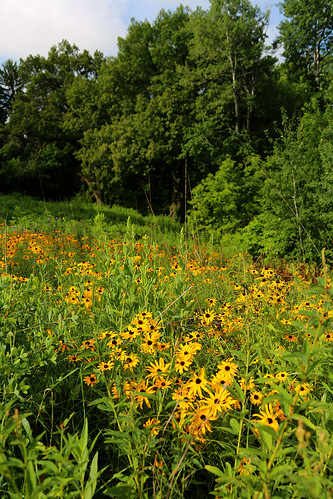

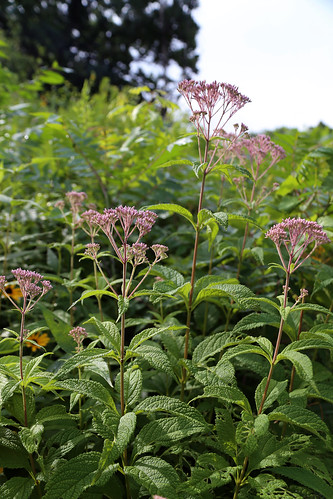
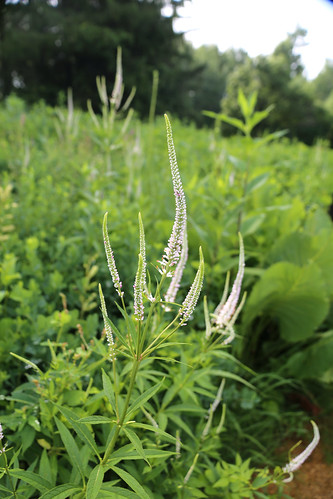

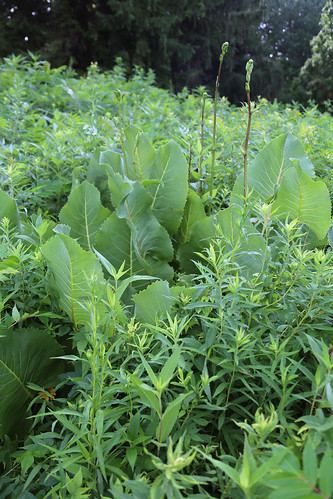
The plants in the meadow, which were up to our shoulders at least, had all grown up since April, when they burned the meadow. That's a lot of growth! But I suppose it's to be expected when you have that much water in your state. The Eloise Butler Garden is a lovely place for a quiet, peaceful walk. Just make sure and wear bug spray so you don't have itchy mosquito bites the rest of your visit like I did!
